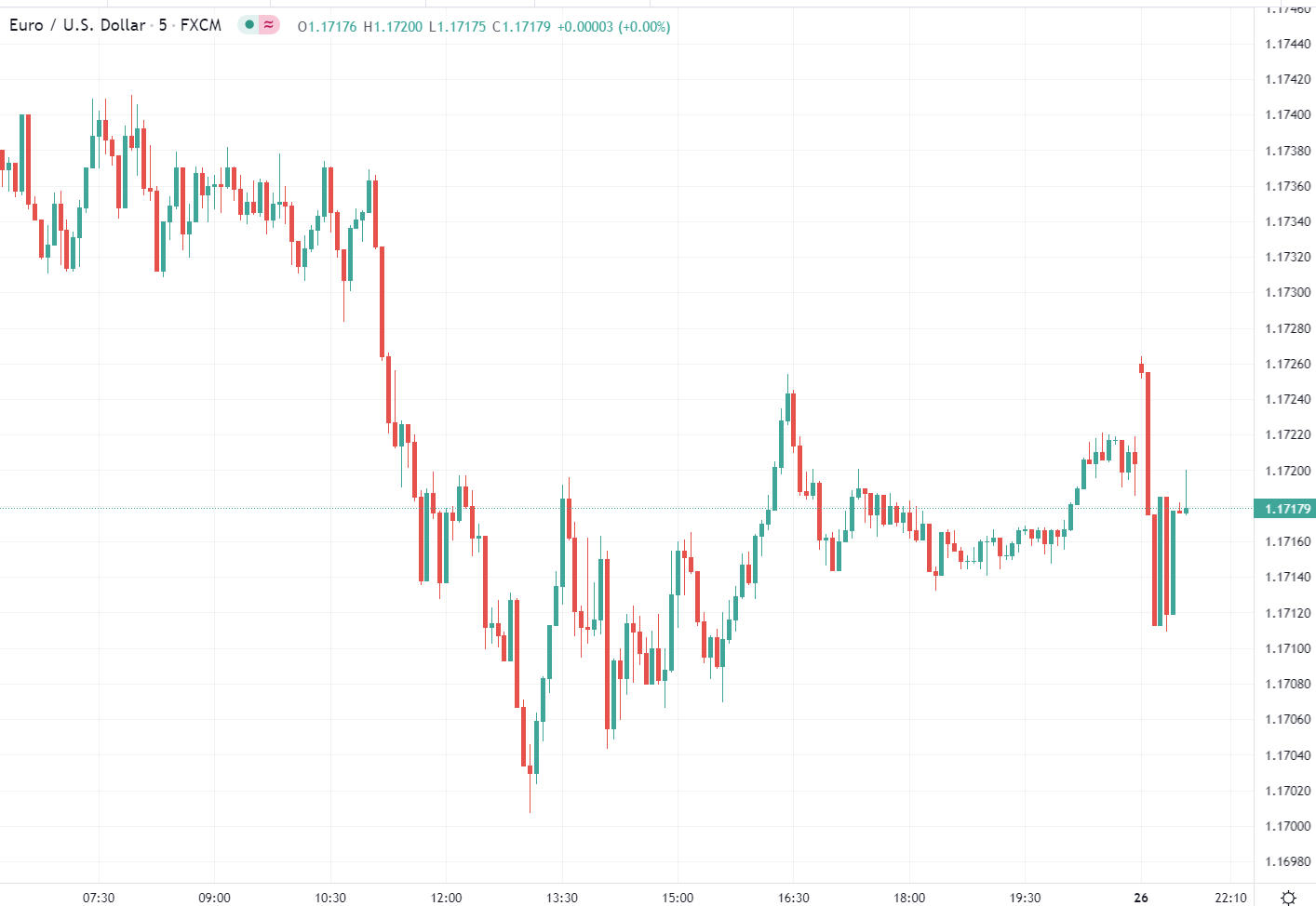Meng Wanzhou, daughter of Huawei’s founder and the CFO of the company was released from Canada over the weekend, flying back to China.



It has been a very busy week with the SNB, BoE, BoJ and the Fed all meeting this week. So this weekend is a great time for a catch up on the largest central bank moves. The central banks are listed below with their current state of play. The link for each central bank is included in the title of the bank and the next scheduled meeting is in the title too. The link to the latest statement is at the bottom of each section, so there is no excuse for not being up to date.
Reserve Bank of Australia, Governor Phillip Lowe,0.10%, Meets 05 October
Sticking to the recovery script
Despite the surge in the delta variant Governor Lowe said on September 10 that the economic recovery had been delayed, but not derailed. However, he did add that it was difficult to understand markets pricing in hikes in 2022 and 2023 and said that interest rates were unlikely to rise before 2024.
The delay in the economic recover was reflected in the last meeting
On September 10 the RBA surprisingly kept to their plan to taper (reduce) purchases to $4 billion a week. However, the time that tapering was to continue was extended out to mid-Feb 2022. So, the effect of this is that there will be more tapering for longer. The RBA repeated that their experience is that once the virus is contained the economy bounces back quickly. The question, of course, is whether it back be contained or not as cases are still rising. The RBA conceded that they expect the bounce back to be slower than earlier in the year, so the expectations seem reasonably set from the RBA.
AUD: Watch for mean reversion
The AUD has seen shorts building and they are now looking very stretched. The obvious trade to look for here is some mean reversion. It is very easy to not expect mean reversion when you are trading, especially when there are multiple reasons for AUD weakness, but it happens more often than you may realise. Therefore, in particular look for any bullish signals for the AUD to send it higher quickly. The main trigger would be either a sharp decline in COVID-19 cases and or some recovery from China. The latest slow down from China’s economy and sharp falls in the Iron ore markets have been weighing heavily on the AUD.
The takeaway
Central bank divergence between the RBA and the RBNZ. Although this divergence looks set for some mean reversion now, a deeper pullback should still find sellers as long as the broad outlooks stay unchanged. (more…)
